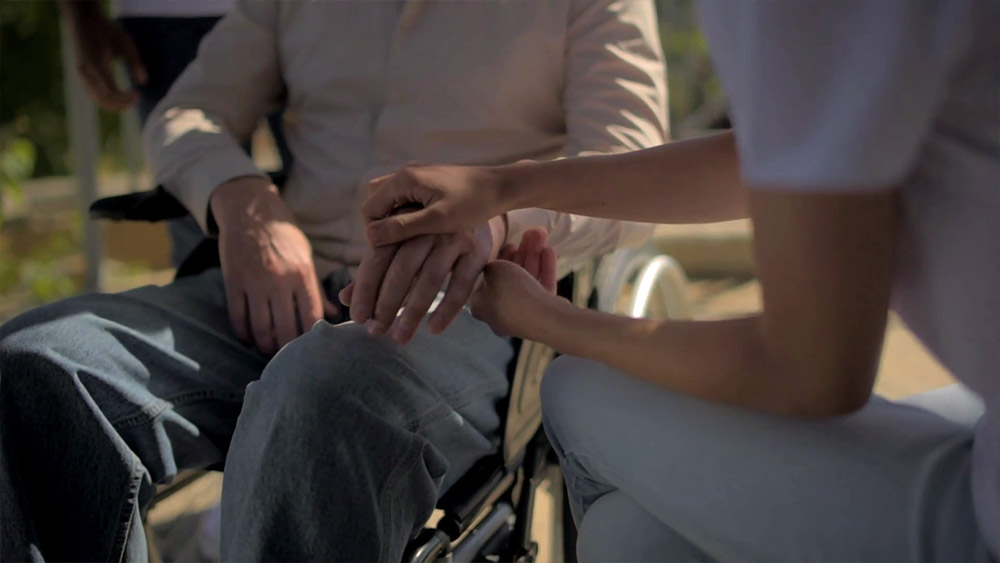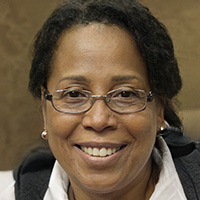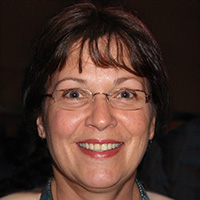Osteoarthritis symptoms and treatment. As a disease that appears and increases with age, rheumatoid arthritis has become one of the most frequent causes of disability in the older adults.
Such is its presence that nearly 28% of the world’s population over 60 years of age suffers from osteoarthritis. In the specific case of Spain, seven million people suffer from it, a figure that continues to grow. According to the Ministry of Health, its presence has increased by 70% in the last 20 years and this is why hiring carers specialized in the matter is becoming a tendency.
Osteoarthritis symptoms and treatment: What is Osteoarthritis?
To answer this question, we must first briefly explain what joints are and what their function is. The joints are the elements of the skeleton that allow the connection between two bones and, with it, their movement. The ends of these bones are covered by cartilage, so that this acts as a shock absorber for the friction of the bones and allows the movement of the joint. When this articular cartilage deteriorates, degenerative osteoarthritis occurs, which is a chronic rheumatic disease.
In its progression, the cartilage becomes, first of all, fragile and brittle, which causes it to become thinner. With the passage of time, the cartilage completely dissolves until it disappears, thus leaving the bones exposed.
Although the arthritis can occur in any part of the body, it affects, fundamentally, the hands, the knees, the hip and the cervical and lumbar zones.
The rheumatoid arthritis can be primary or secondary:
- Primary rheumatoid arthritis: the cause is unknown (as is the case in the vast majority of cases).
- Secondary rheumatoid arthritis: the cause is another disease or pathology, including an infection, a congenital joint abnormality. An injury, a metabolic disorder, or a disorder that has caused injury to the joint cartilage.
Osteoarthritis of the hands
When the cartilage in the joints of the hands deteriorates, osteoarthritis in the hands occurs.
There are three places where this type of osteoarthritis usually occurs
1. In the base of the thumb, in the point in which they connect the thumb and the wrist.
2. In the joint closest to the tip of the finger.
3.In the average articulation of a finger.
In addition to the general symptoms like the rigidity, the inflammation and the pain and of the deformity of these extremities, the arthritis can get to cause bony protuberances or nodules.
As the osteoarthritis progresses, the patient may find it difficult to perform common movements. Examples include grasping an object or turning a key to open or close a door.
For specific treatment, the doctor will prescribe exercises to work the fingers and the use of soft, tight-fitting cuffs to use heat to soothe the joints and maintain their ability to move.
Osteoarthritis of the knee
The femur, the tibia and the fibula form the knee joint. When the articular cartilage that covers them is deteriorated, osteoarthritis is produced in the knee.
This type of osteoarthritis is especially frequent, since the knee is a “load” joint. That is, it has to hold and support all the weight of the body, suffering more pressure every time we lift some object.
As a result of such wear and tear on the cartilage, our elders see their knees deformed and have difficulty walking and standing. The most typical feeling is that the knee fails to take a step, causing the patient to develop a progressive limp.
One of the most common treatments are elastic knee bandages, which are able to unload the joint and, although very slightly, relieve the pain.
Cervical Osteoarthritis
The column is formed by seven vertebrae that are articulated between each other. Cartilage covers the union between two vertebrae. When this degenerates or is injured, cervical osteoarthritis occurs.
The most characteristic symptom of this type of osteoarthritis is neck pain (cervicalgia) that appears with movement. Our elders can experience either acute cervicalgia, in which the pain appears suddenly and disappears after a few days, or frequent cervicalgia, in which the pain persists chronically.
The most common types of treatment include physical therapy to strengthen the cervical muscles, postural measures (e.g., use of a special pillow to sleep in the proper position), application of local heat, and temporary use of soft collars. With regard to the latter measure, it should be noted that its use is not recommended for long periods of time, as it could lead to weakening and atrophy of the cervical muscles.
Lumbar arthrosis
When the cartilage of the joints in the lumbar area (the area from the waist to the upper buttocks) deteriorates, lumbar arthrosis occurs.
The most common symptom is pain of mechanical characteristics. This is, the one that appears with the movement and with the lumbar overload and improves with the rest. Although this pain is generally felt in the lumbar area, it can also be “radiated”, appearing in adjacent places such as the buttock or thigh.
Sometimes, lumbar osteoarthritis can be asymptomatic. The patient may discover that he or she is suffering from it by chance when, for other reasons, a lumbar x-ray is taken.
In addition to the pharmacological treatment that the specialist establishes, it is especially important for our elders to change their postural habits. To sleep in a flat bed, to avoid sitting on sunken armchairs or sofas, and to use chairs with straight backs that force their backs into a 90º position.
Arthrosis of the hip
The pelvic bones and the femur form the hip joint. This union is covered by cartilage. When it degenerates it loses the correct gear between the pelvis and femur, triggering the so-called hip osteoarthritis.
Like in the rest of the types of osteoarthritis above mentioned, the fundamental symptom that produces the arthritis of hip is the pain. Specifically, this pain is located in the groin area.
Sometimes, the pain can extend to other parts of the body, since it is habitual that it descends by the part of the thigh until the knee, arriving to confuse the patient when thinking that the pain comes from this last one.
Because the hip plays a very important role in supporting the body, osteoarthritis of the hip is one of the most disabling. For example, our eldest will have difficulty making movements such as getting up or sitting down from a chair.
In order to recover mobility and relieve the pain caused by osteoarthritis, the specialist can evaluate various treatment options, one of the most common being surgery. By means of this, a total hip replacement is performed, an intervention that is usually very successful.
Difference between arthritis and osteoarthritis: Osteoarthritis symptoms
The most characteristic symptom of degenerative osteoarthritis is pain. It is a pain that is characterized by the following features:
- Acute.
- Limiting.
- It is not always constant (the patients can be long periods of time without pain).
- Usually attenuated with rest.
The following symptoms typically come with the pain:
- Inflammation of the articulation.
- Stiffness and muscular atrophy.
- Cracks and, in some occasions, articular spillage.
- Deterioration and progressive limitation of mobility.
- As a consequence of all the above: alteration of the state of mind.
Osteoarthritis treatment
There is no curative treatment for degenerative osteoarthritis, but there are treatments that manage to relieve its symptoms and delay its evolution. The final objective of the treatment will be to diminish the pain and to improve the functional capacities.
To achieve this, our elders have several alternatives:
- Physical measures. To make appropriate physical exercises for the type of arthritis that our greater one suffers, as well as to avoid those activities that wear away the affected joints.
- Drugs. The rheumatologist may prescribe medication to reduce pain, the most common being anti-inflammatory drugs, analgesics and infiltrations.
- Surgery. This is the last option, for the most serious cases of arthrosis, which do not improve with any of the previous treatments.
Osteoarthritis symptoms and treatment: How to stop osteoarthritis
Seniors can prevent the onset of osteoarthritis by following these recommendations:
- Carry out physical exercise such as swimming.
- Avoid overweight.
- Follow a diet rich in food for osteoarthritis. Among the most beneficial are olive oil, fruits such as cherries and citrus fruits. Fatty acids such as salmon and foods rich in alpha-linolenic acid such as nuts, flax seeds or chia.
Maintain a healthy routine in all aspects of daily life. The most effective way to achieve this is with the help of a carer. The Nomenial team hopes article on osteoarthritis symptoms and treatment has been informative and useful.







